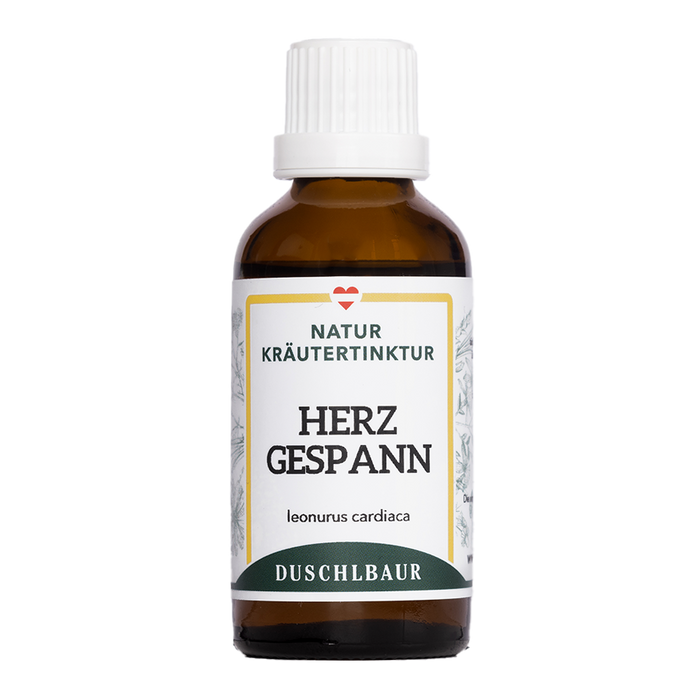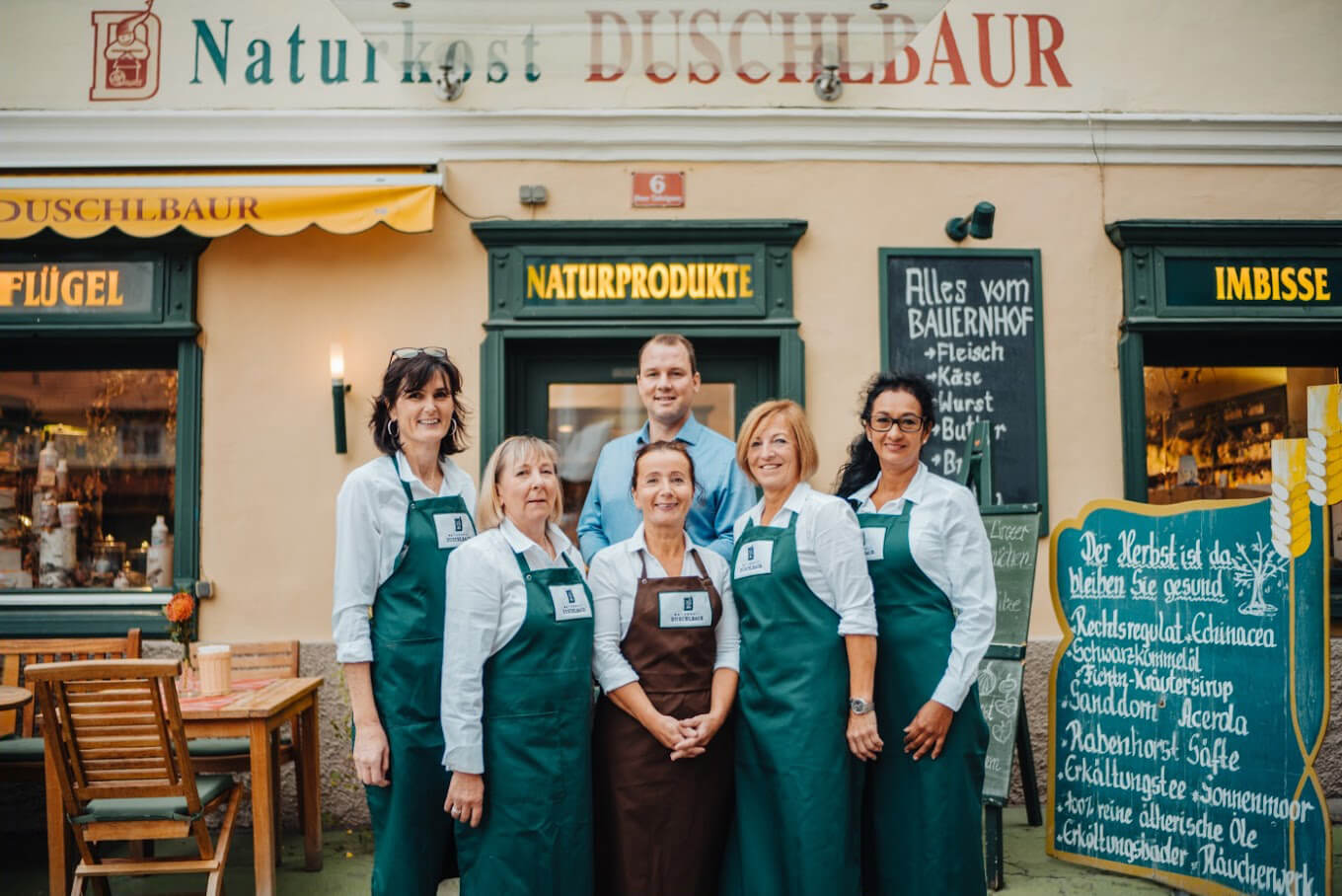The natural ingredients of theMotherwort tincture dropsare: water, alcohol, motherwort.
To produce these very valuable drops we use the herb with flowers.
Due to agriculture and grassland management, the wild population of motherwort is classified as endangered and is protected. It prefers to grow on walls, fences, and weedy patches. It thrives near human habitation, making it easy to grow in your own garden. Motherwort, sown or planted by hand, can be harvested at flowering time.
Motherwort belongs to the mint family. Thus, it is related to basil, sage, and oregano. The motherwort genus includes approximately 50 known species. Motherwort owes its name to its disheveled appearance: leonorus cardiaca, meaning "lion's tail that affects the heart." In ancient times, "motherwort" was a word for pain or cramps.
It is a perennial, herbaceous plant that grows up to one meter tall. At the base, motherwort forms a woody, brownish root system (actually a rhizome). The light green, heart-shaped, lobed leaves have distinctly serrated margins. All leaves are stalked and densely hairy. From June to September, pale pink to purple flowers bloom, typical of Lamiaceae, with a helmet and lips. The hairy lips give all the flowers a cozy, woolly appearance. This is also very attractive to insects. Starting in September, brown achenes with dark brown to black seeds form as the fruits ripen.











